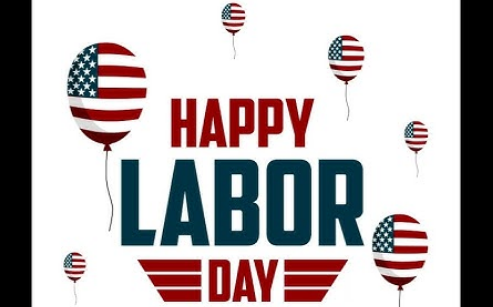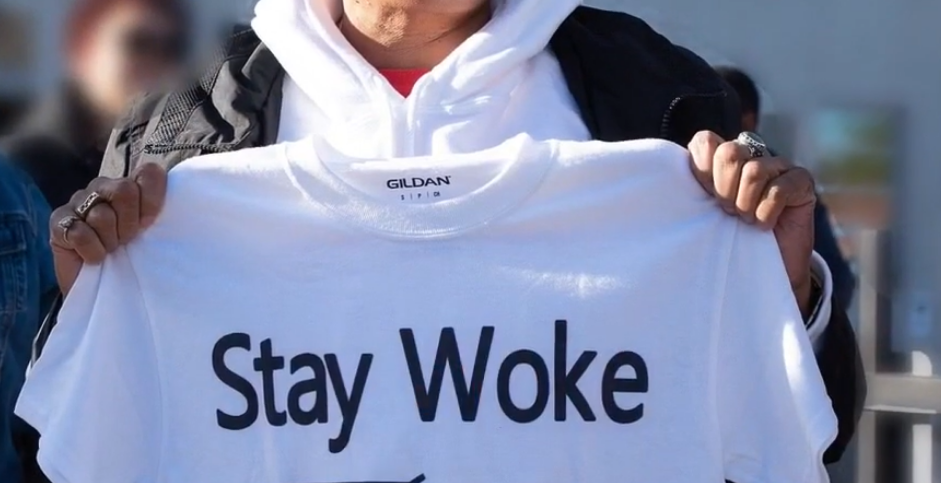Photos: YouTube Screenshots
As we celebrate Labor Day, 2023 let’s take a quick look at the economy over the last few years.

Never before in American history have so few owned so much and has there been so much income and wealth inequality.
Never before in American history has there been such concentration of ownership in our economy with a handful of giant corporations controlling sector after sector, enjoying record-breaking profits.
Never before in American history have we seen a ruling class, utilizing a corrupt political system, exercise so much political power through their Super Pacs and ownership of media.
And never before in American history have we seen the level of greed, arrogance and irresponsibility that we see today on the part of the 1%. Corporate greed is rampant.
Meanwhile, as the billionaire class becomes richer and more powerful, over 60% of Americans live paycheck to paycheck, and many work for starvation wages and under terrible working conditions. Incredibly, despite huge increases in worker productivity and an explosion in technology, the average American worker is making over $45 a week less today than he or she did 50 years ago after adjusting for inflation.
Today, in the wealthiest country in the history of the world, tens of millions struggle to put food on the table, find affordable housing, affordable healthcare, affordable prescription drugs, affordable childcare and affordable educational opportunities. In our country today we have the highest rate of childhood poverty of almost any major nation, and half of older workers have no savings as they face retirement.
And, in the midst of this massive inequality, the United States and the world face enormous economic transformation as a result of artificial intelligence, robotics and other new technologies. There is no question but that many of the jobs being done today will not be here in 10 or 20 years.

Let’s be clear. These technologies, which will greatly increase worker productivity, have the potential to be extraordinarily beneficial for humanity, or could cause devastating pain and dislocation for tens of millions of workers. The question is: who makes the decisions as to what happens in this radically changing economy, and who benefits from those decisions? Do we allow the “market” to throw working people out in the streets because they are “redundant”, or do we take advantage of the increased productivity this technology creates to improve the lives of all?
Throughout the history of humanity, the vast majority of people have had to struggle to feed themselves, find adequate shelter and eke out a living. The good news is that the revolutionary new technology, if used to benefit all of humanity and not just the rich and the powerful, could usher in a new era in human development. It is not utopian thinking to imagine that, for the first time in world history, we could enter a time in which every man, woman and child has a decent standard of living and improved quality of life.
In the United States, for example, the 40-hour work week, under the Fair Labor Standards Act, has been the legal definition of full-time work since 1940. Well, the world and technology have undergone enormous changes since 1940 and American workers are now 480% more productive than they were back then. It’s time for those standards to reflect contemporary reality. It’s time for a 32-hour work week with no loss in pay. It’s time that working families were able to take advantage of the increased productivity that new technologies provide so that they can enjoy more leisure time, family time, educational and cultural opportunities – and less stress.
Moving to a 32-hour work week with no loss of pay is not a radical idea. In fact, movement in that direction is already taking place in other developed countries. France, the seventh-largest economy in the world, has a 35-hour work week and is considering reducing it to 32 hours. The work week in Norway and Denmark is about 37 hours a week.
Recently, the United Kingdom conducted a four-day work week pilot program of 3,000 workers at over 60 companies. Not surprisingly, it showed that happy workers were more productive. The pilot was so successful that 92% of the companies that participated decided to maintain a four-day work week because of the benefits to both employers and employees.
Another pilot of nearly 1,000 workers at 33 companies in seven countries, found that revenue increased by more than 37% in the companies that participated and 97% percent of workers were happy with the four-day work week.
Needless to say, changes that benefit the working class of our country are not going to be easily handed over by the corporate elite. They have to be fought for – and won. And in that regard there has been some very good news over the last several years. We are now seeing workers stand up and fight for justice in a way we have not seen in decades. In America, more workers want to join unions; more workers are joining unions – 273,000 last year alone; and more workers are going out on strike for decent wages and benefits and winning. We’re seeing that increased militancy all across our economy – with truck drivers, auto workers, writers, actors, warehouse workers, healthcare professionals, graduate student teachers and baristas.
Let’s continue that struggle. Let’s think big, not small. Let’s create an economy and government that work for all, not just the few.
Happy Labor Day.







